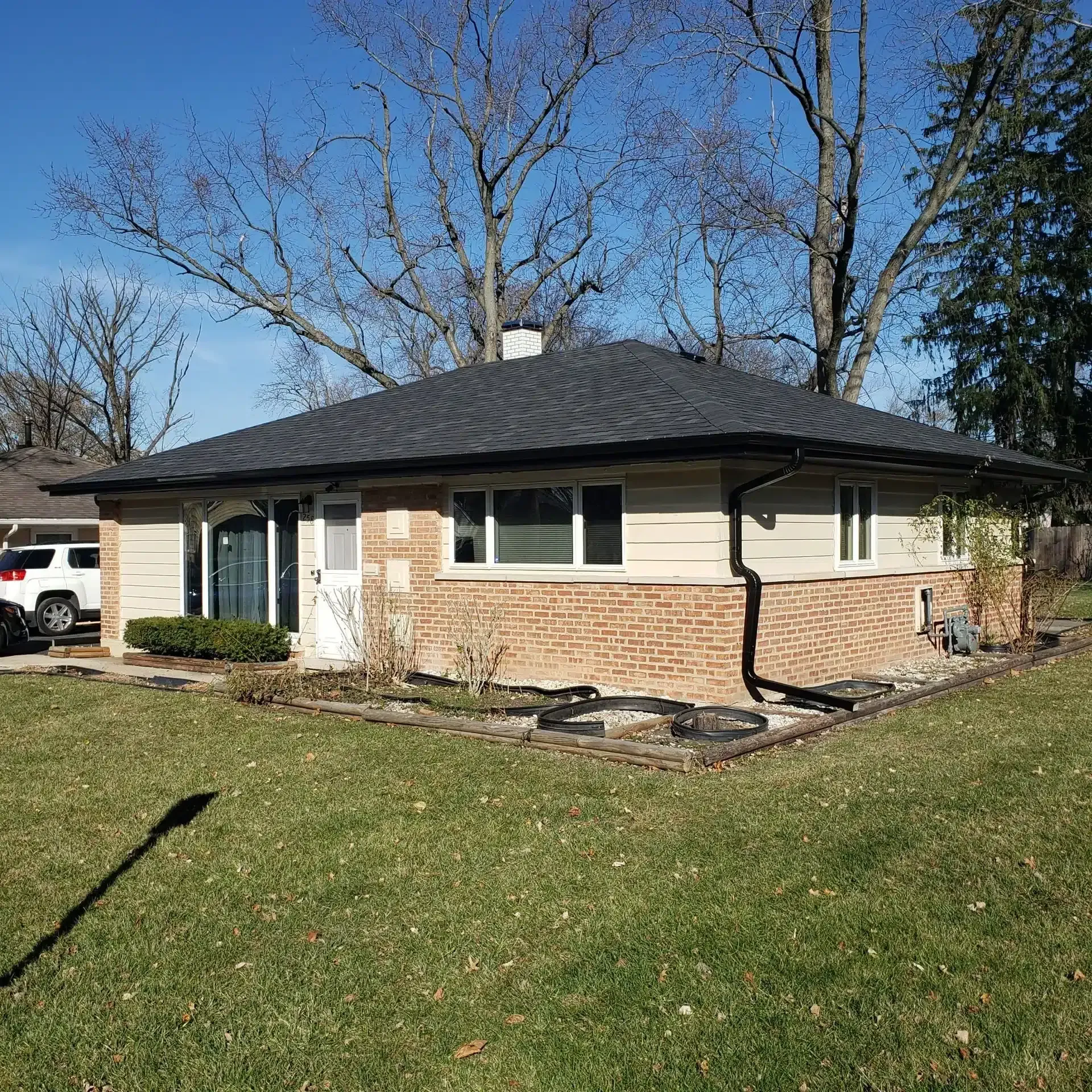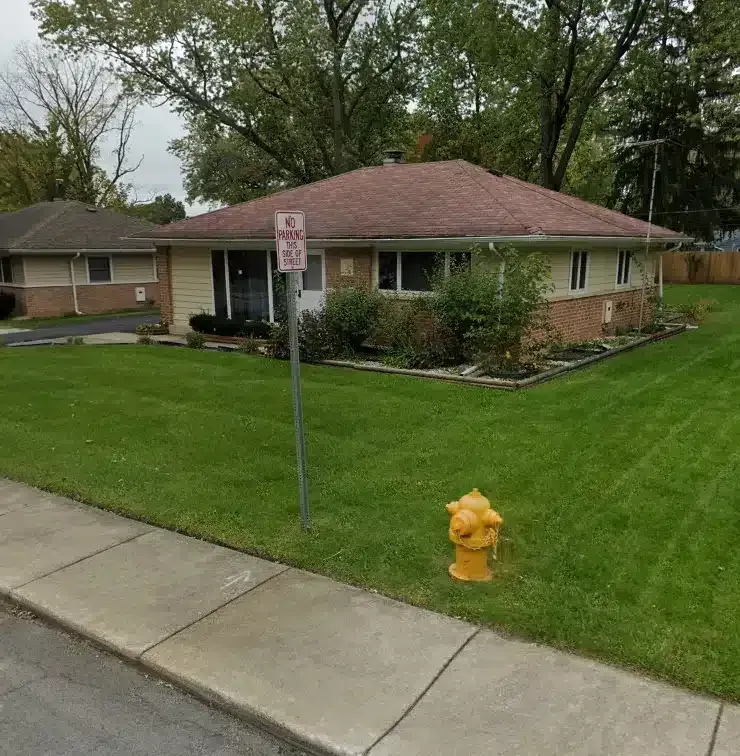All Categories
Featured

A residential roof covering tear-off includes the complete elimination of existing roof materials down to the deck, ensuring a strong foundation for a brand-new roof installment. This process is vital for identifying concealed problems that might not show up during conventional examinations, particularly in areas without attic access. By revealing the roof deck, professionals can assess and deal with issues such as rot, water damage, or architectural weak points, therefore improving the long life and performance of the new roofing.
The tear-off treatment usually starts with protecting the building, making use of tarpaulins and protective obstacles to protect landscape design and frameworks from debris. Roof specialists after that employ specialized tools, like tear-off forks or roof shovels, to effectively get rid of old roof shingles, underlayment, and flashing. Starting at the roof covering's optimal, they work methodically downward, making certain all materials are removed away without compromising the underlying deck. Adhering to the elimination, the roofing system deck is meticulously inspected for any kind of indications of damage, with necessary repairs or replacements performed to make sure architectural stability.

As soon as the deck is validated to be in optimal problem, an ice and water shield is applied to susceptible locations such as gutter sides, valleys, and around smokeshafts to avoid future leakages. High-grade underlayment, like 30-pound felt paper, is after that installed to offer an added wetness barrier. The last action includes laying brand-new shingles, with many professionals supplying costs choices such as Owens Corning Oakridge or Duration tiles, understood for their toughness and aesthetic charm.
Check for more info at A-Abel Roofing Inc - Residential Tear Offs Facebook Instagram Yelp Youtube
Latest Posts
Grab Special Auto Repair Deals in Chicago at Montclare Auto Repair
Learn About Exceptional Car Repair Solutions at Montclare Auto Repair – Keep Your Car Running Smoothly
Find Brake Repair & More: Comprehensive Auto Care Solutions from Montclare Auto Repair
More
Latest Posts
Grab Special Auto Repair Deals in Chicago at Montclare Auto Repair
Learn About Exceptional Car Repair Solutions at Montclare Auto Repair – Keep Your Car Running Smoothly
Find Brake Repair & More: Comprehensive Auto Care Solutions from Montclare Auto Repair